Baldur’s Gate 3 review in progress
For the sake of being objective, I’m going to pretend for a moment that I never played the early access version of Baldur’s Gate 3. I mean, I did, but as it was almost three years ago it’s safe to say I’ve forgotten most of it. I’d also like to pretend that I’ve never played a Larian Studios game, but that’s an even taller order given how much I adore Divinity 2. But the reason for such self-deception is to put myself in the shoes of someone who hasn’t already got a handle on Baldur’s Gate 3, Larian’s modus operandi, or Dungeons & Dragons in general. Because I’ve got to be dead honest, those people are going to have a pretty tough time of it here.
Obviously, at this point I haven’t finished Baldur’s Gate 3. I put around 25 – 30 hours into the early access version over the course of a few months when it went live and played with a few different classes and races, but I chose to hold off because it was simply too apparent that the game was unfinished and it was clouding my enjoyment. I haven’t played enough of the launch version to make this review in progress fully comprehensive, but I’ve played enough to get a good idea of what to expect as I continue my journey through Faerun.
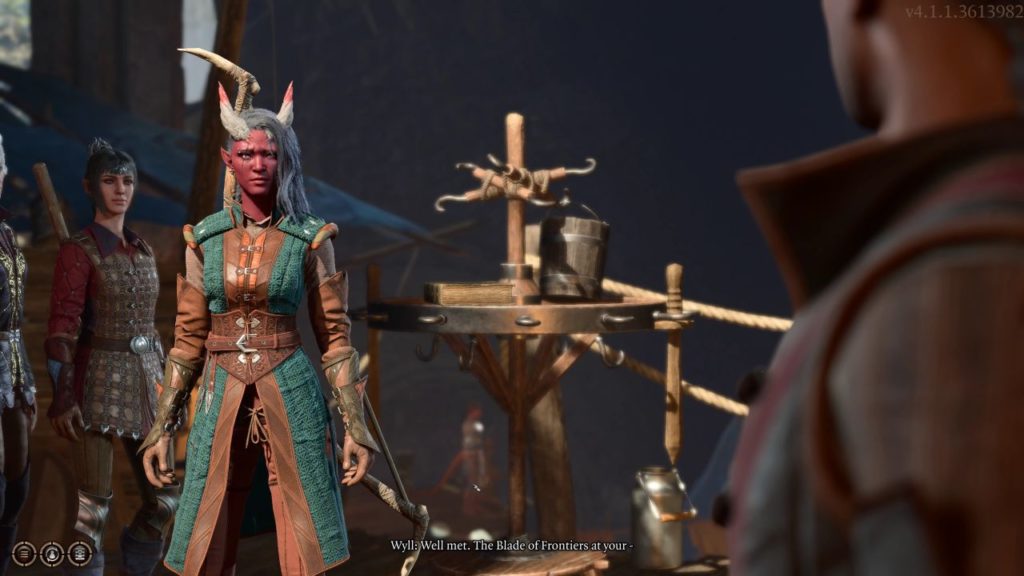
First of all, this game is huge. Even at this relatively early stage before I see all the brand new content, I know that. Not just big, but ridiculously deep and meticulously crafted. Larian have made a lot of noise about the potential number of endings, 170-odd hours of cutscenes, 20,000 recorded lines of dialogue. But these cold, hard numbers don’t help imagine the sheer scope and scale of this world. It’s dense in the way that Skyrim is dense, like an MMO you play alone. Every character has lines, and every NPC has some personality. There are secrets buried under secrets and a crazy number of ways to uncover them, from simply digging up treasure chests to stumbling onto secret conversations, hidden dungeons, or items that start mini questlines. And the story is malleable to an extent, with multiple ways to tackle a given scenario or situation.
It begins with the character creator itself, a gargantuan beast of a system that allows you to create more or less whatever character you want, from a charming rogue to a muscular spellslinger, from a scarred warrior to a gnome healer. It’s also not afraid to match something like Cyberpunk 2077 for maturity, allowing you to customise your avatar right down to the size and shape of their genitalia. For this playthrough I crafted a Tiefling Ranger with a talent for athletics, a few extra points in charisma, and the ability to summon an animal companion right off the bat.
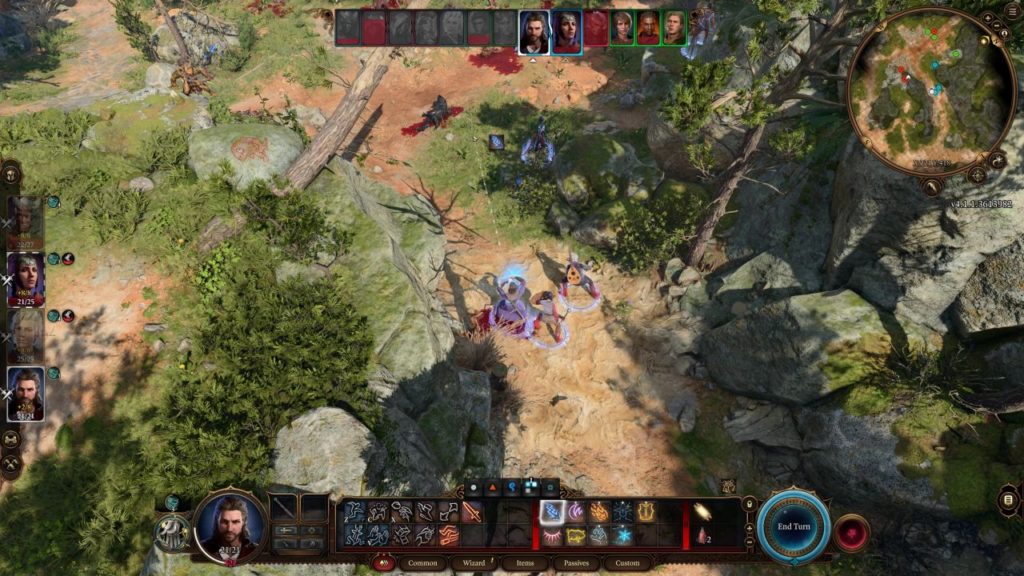
Interestingly, Baldur’s Gate 3 doesn’t spit your character into the world with a wooden sword and no clue. Your character is created with a suite of skills and abilities already baked in, adding to the fantasy that they are already well-travelled and trained. It makes sense, too, given that you’ll only climb to level 12 by the game’s end, and won’t be heaping skill points and abilities onto your character every few minutes. Regardless of how you build, you’ll be setting off into the world with racial traits, hidden talents, and enough skills to overcome many problems – often without resorting to violence.
The story kicks off with you captured by Mind-flayers, tentacle-faced alien invaders who breed by implanting parasites in hosts that eventually transform them. You have one inside you, as do all the characters who can join your party. As you can opt to choose to play as any of these party members from the get-go the way you could in Divinity 2, each has their own backstory and motivations that you can playthrough as you get to know them. You’ll first meet Lae’zel, a Githyanki warrior with a bad temper, and then the adorable badass Shadowheart, a half-elf Cleric. The first job is to get off the Mind-flayer ship, and the next job is to get rid of the Parasites.
From then you’ll travel with your party interacting on the road and in your camp like it’s Dragon Age: Origins. You can romance your party members, form friendships and rivalries, cause them to up and leave or pledge their lives to you. Each relationship is deep and intricate, and if you do something that causes one of them to desert you, you might never forgive yourself. You’re not meant to like them all, or agree with them all, but every one of them is well-drawn, complex, and challenging.
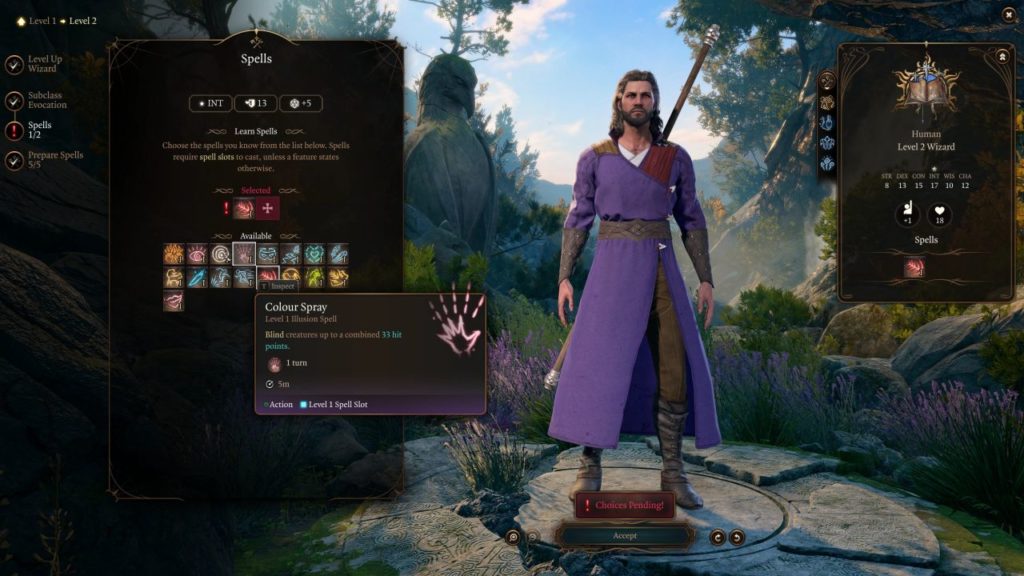
What Baldur’s Gate 3 lacks, though, is a clear tutorial. While the initial escape introduces you to most of the features of the game, the combat here is easy and the pace fast. By the time you land and are thrown into the story proper, you won’t have gotten to grips with even a third of the skills and abilities available to you. I didn’t know I could summon pets until I was about four or five hours in. I found myself taking ages each turn as I studied the spells and abilities I had, and I had little to no idea how to counter certain status effects or enemy abilities. I had to Google things like Bane to understand how to get rid of it, and I’d use spells like Goodberry without fully understanding them.
You need to rest between fights to heal, and replenish or swap out spells, which is par for the course but, again, let’s pretend we’re new to this. Baldur’s Gate 3 is incredibly immersive, but that takes a massive hit when you have to go online to learn how to remove a status effect. It’s a game that caters almost exclusively to fans of DND, Larian, or this genre, and newcomers may struggle to understand most of what they see. Maybe that’s intentional, but a twenty minute tutorial – even an optional one – would help. Or even a slower drip-feed of skills so you know what you have and what they do. As it is, you’ve little time to get used to anything.
It wouldn’t be so bad but combat is very tough for those who don’t know what they’re doing, even on the easier difficulty. You don’t have time to experiment unless you’re going to save-scum your way through which, again, is hardly immersive. Enemies are accurate and throw everything at you with little recourse, and you’re often scrabbling to heal your party on your turn. The environment can be a hazard too, as you ignite oil or grease, or shock puddles of water or blood. It has an initiative-based turn queue that determines who can act next, which you can circumvent among your own party, but it’s heartbreaking when you have a character on their last legs and it’s the enemies turn for the next three or four moves.
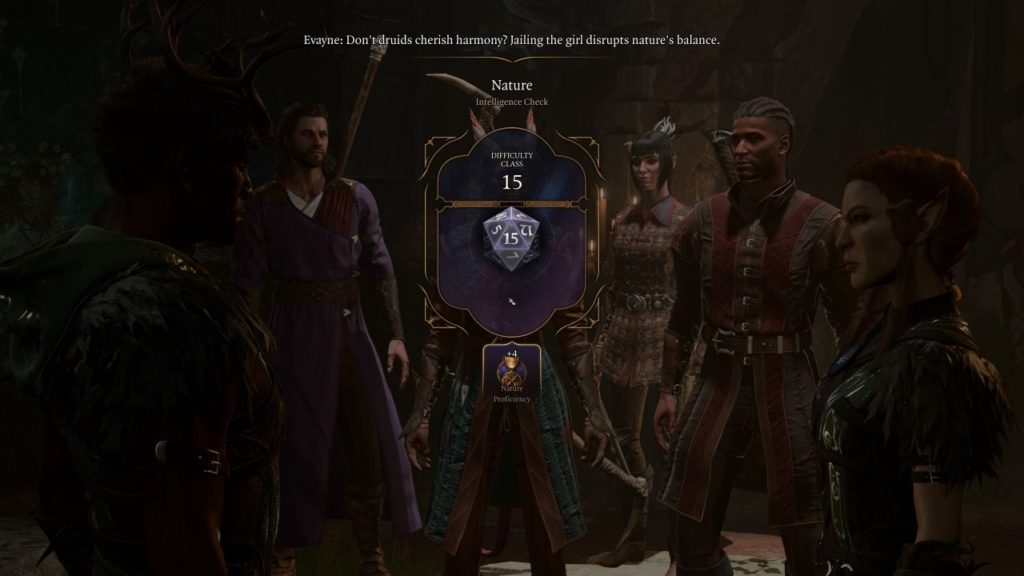
Again, though, it’s not insurmountable; it’s just hard. Larian wants you to use everything you can in every fight, and that means studying your abilities, items, environment, spells, weapons, resistances. It’s an incredibly involved combat system that absolutely rewards patience and creativity, so it would be nice to be given the chance to learn it for a bit before the game starts beating you to death every fight. Once it does begin to click, after you level up a bit and start to think the way BG3 wants you to think, it becomes easier, more enjoyable, and way more rewarding, but it takes a while and fresh faces may be put off by it.
One thing that Baldur’s Gate 3 does immensely well is dialogue. There’s a ton of it and it’s all brilliant. From your interesting, diverse, deep party members to prominent NPCs, the voice work and writing are phenomenally good. You won’t want to skip dialogue in case you miss something important, and regular skill checks based on Charisma, Strength, your race, class and background keep you invested.
In fact, the skill check system is wonderful. Most things are decided with one or two 20-sided die, with a multitude of other factors involved to influence the score. Picking locks, moving heavy objects, preventing or performing a pickpocket, winning arguments, surviving traps… All of these and more rely on dice rolls, and it’s not always bad to lose. There are some great story developments even if you mess something up.
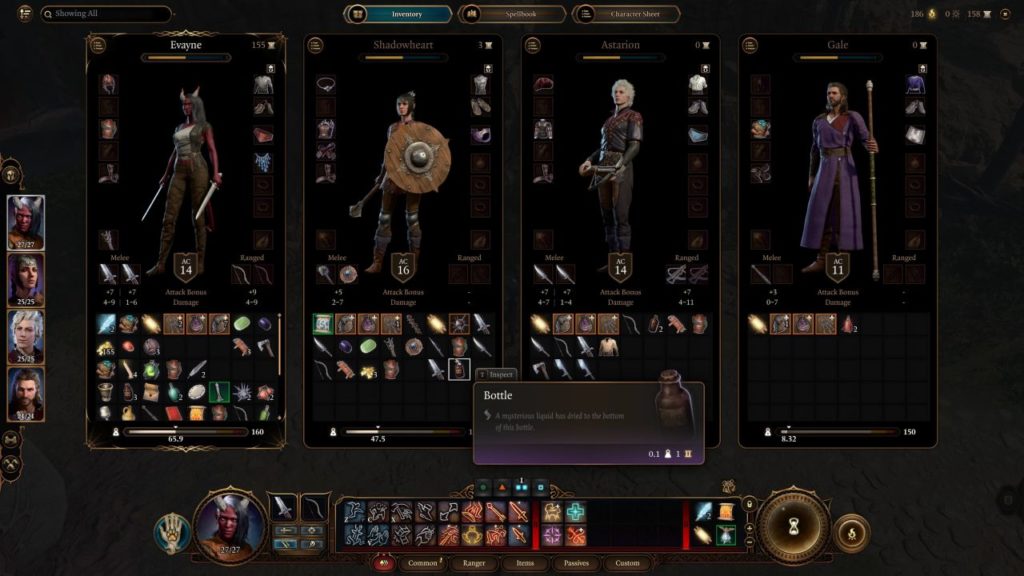
Baldur’s Gate 3 is not a gentle game, though, which I think is the crucial takeaway from the time I’ve spent with it so far. It’s punishing and vast, deep and involving, but it refuses to hold your hand. If you’re unversed in its world and mechanics, it simply doesn’t care and you get no special treatment. Even fans of Larian, or D&D, or even some adopters of the early access version, may struggle to get to grips with everything here.
But those who do push on, stick around, and step up the challenge will be greatly rewarded. Whether or not Baldur’s Gate 3 is truly going to change the game and reshape the CRPG landscape the way Elden Ring reshaped the landscape of Soulslikes remains to be seen. Right now, I’ve got a long, long way to go and so much to do and see.
And yet what I’ve played so far has me utterly enraptured. Now I’ve spent time learning to fight by the game’s rules, learning that if I want to succeed I have to read everything, study every spell, understand the intricacies of the dice rolls both shown and hidden, I am beginning to understand what the game wants from me. It’s gargantuan, intricate, complex and utterly unwilling to treat anyone softly and Larian don’t seem overly worried that this may put people off. Time will tell if it does, but for now I’m both stunned and awed by the potential here, and I’m happy to be intimidated by the adventure that lies before me.




